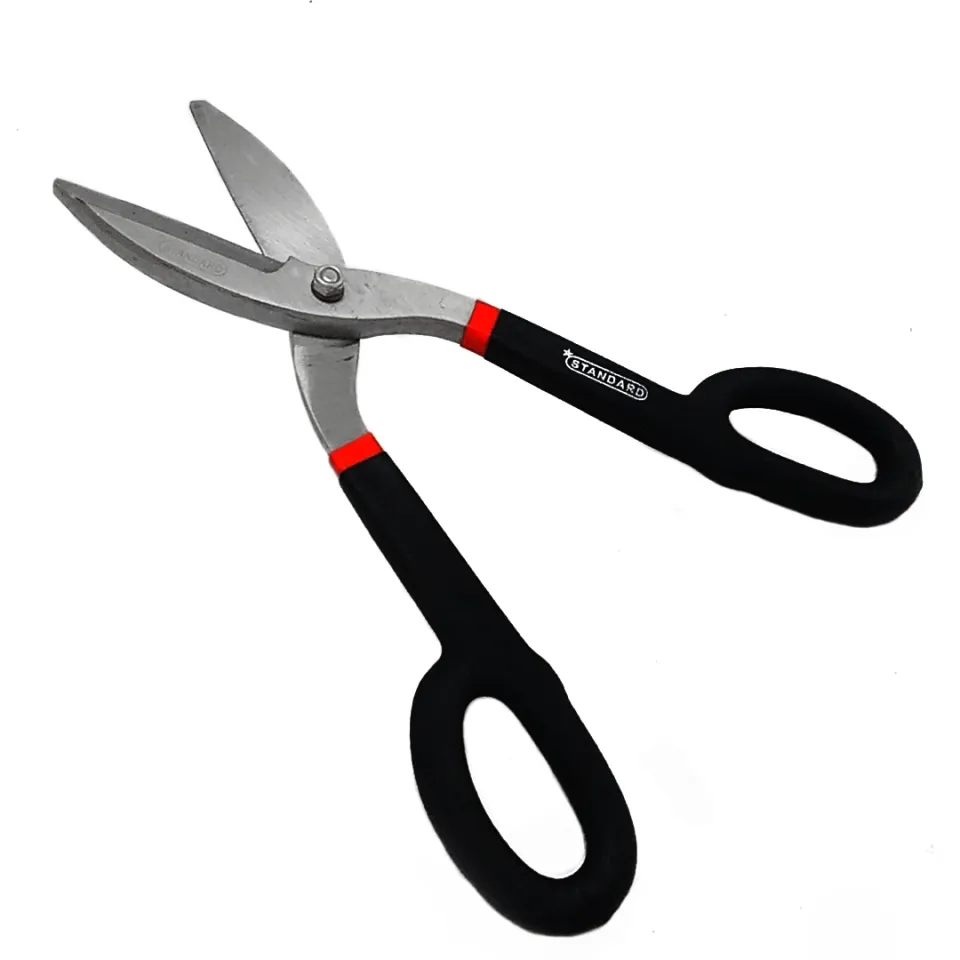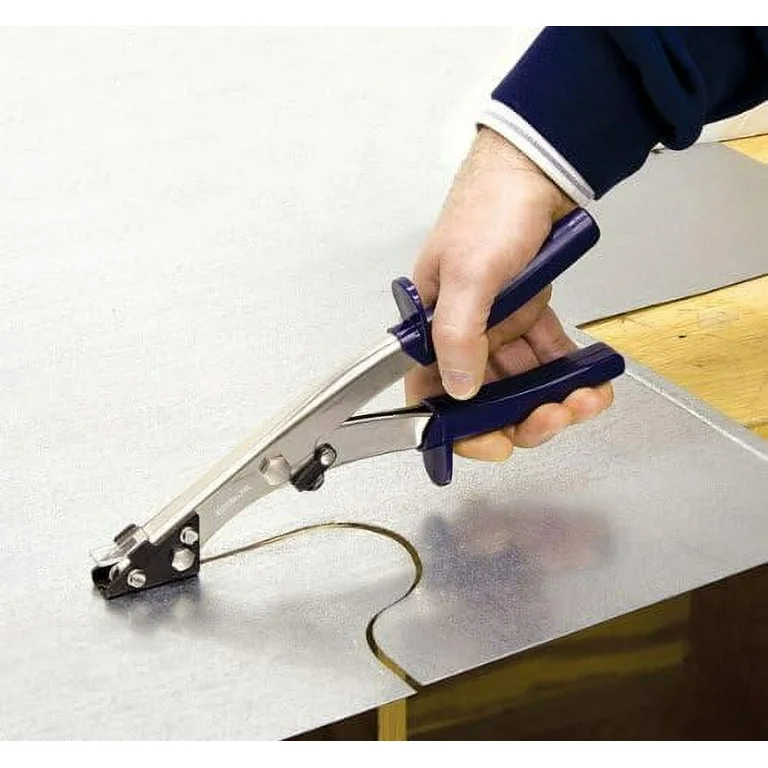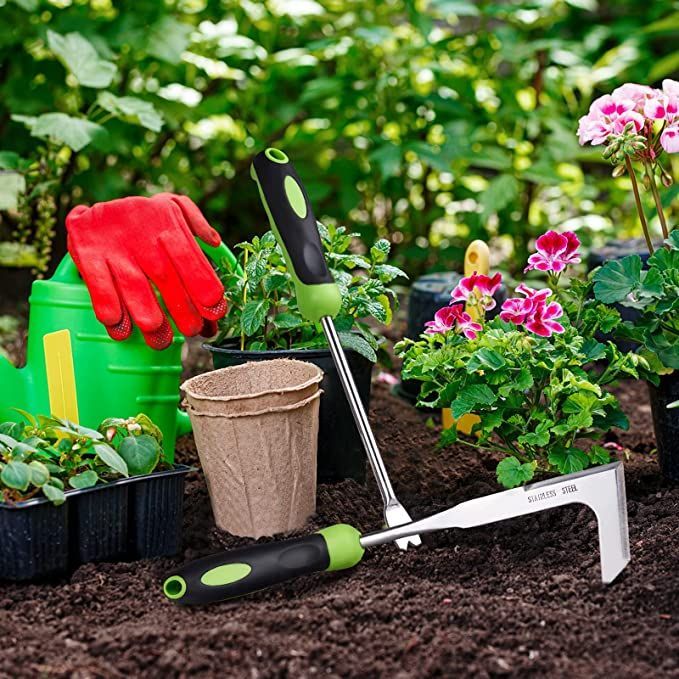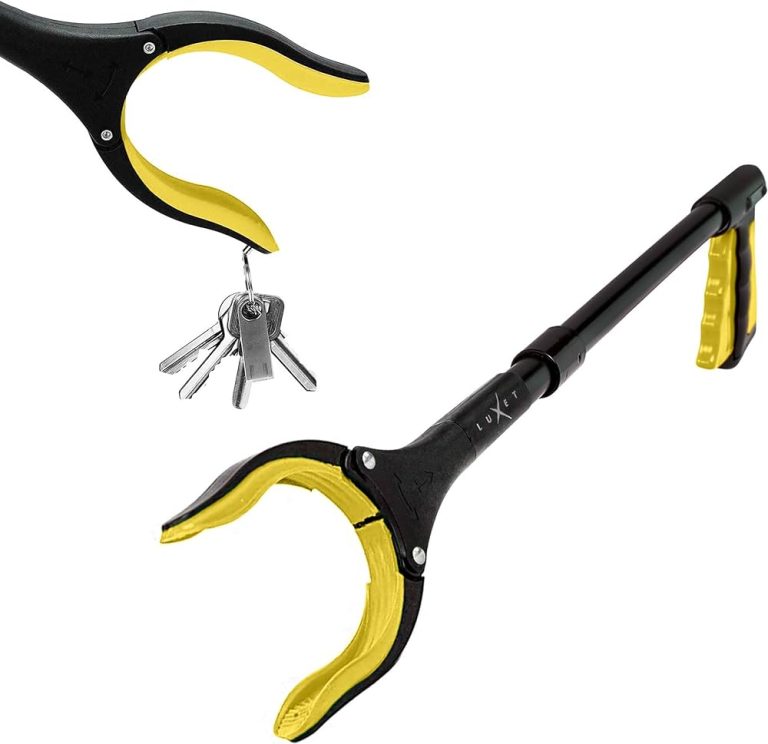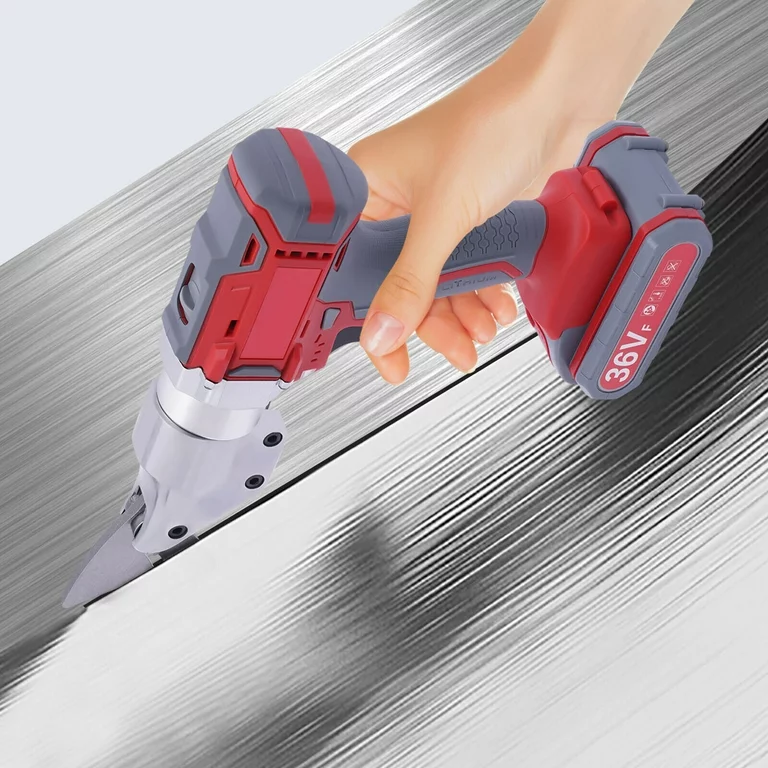
Sheet Metal Cutter: The Perfect Hand Tool for Precision Cutting
The Ultimate Guide to Sheet Metal Cutter Hand Tools
Sheet metal cutter hand tools are essential for anyone working with metal. These versatile tools enable precise cuts in various metal sheets. From DIY enthusiasts to professional metalworkers, many rely on these tools. Understanding the different types and their uses is crucial. This guide explores the world of sheet metal cutter hand tool.
What Are Sheet Metal Cutter Hand Tools?
Sheet metal cutter hand tools are manual devices designed for cutting metal sheets. They come in various shapes and sizes. These tools allow users to make straight, curved, or intricate cuts. Most operate on leverage principles to cut through metal. Sheet metal cutters are portable and don’t require electricity. They offer precision and control in metal cutting tasks.
Types of Sheet Metal Cutter Hand Tools
Several types of sheet metal cutter hand tools exist. Each type suits different cutting needs and metal thicknesses. Common types include aviation snips, tin snips, and compound snips. Nibbler tools and hand shears also fall into this category. Some cutters specialize in straight cuts, while others excel at curves. Understanding each type helps in choosing the right tool for the job.
Aviation Snips: The Versatile Cutter
Aviation snips are popular among sheet metal workers. They come in three main types: straight cut, left cut, and right cut. These snips feature compound leverage for increased cutting power. They can cut through various metal thicknesses. Aviation snips often have color-coded handles for easy identification. The offset design keeps hands away from sharp metal edges.
Tin Snips: The Classic Choice
Tin snips are traditional sheet metal cutting tools. They resemble large scissors and come in various sizes. These tools work well for straight cuts and gentle curves. Tin snips can cut through thin metals like aluminum and mild steel. They require more hand strength compared to compound snips. Many professionals keep tin snips in their toolbox for quick cuts.
Compound Snips: Power and Precision
Compound snips offer enhanced cutting power through mechanical advantage. They reduce the effort needed to cut through metal. These snips come in various designs for different cutting patterns. Some models feature replaceable blades for extended use. Compound snips excel at cutting thicker metal sheets. They’re ideal for professional use and demanding DIY projects.
Nibblers: For Intricate Cuts
Nibbler tools punch small bits of metal to create cuts. They excel at making intricate or curved cuts in sheet metal. Nibblers can start cuts from the middle of a sheet. They produce less distortion compared to other cutting methods. Manual nibblers require more effort but offer precise control. Some nibblers attach to power drills for faster cutting.
Hand Shears: The Heavy-Duty Option
Hand shears are robust tools for cutting thicker metal sheets. They feature long handles for increased leverage. These tools can make straight cuts through tougher materials. Some models have replaceable blades for longevity. Hand shears require significant hand strength to operate effectively. They’re essential for heavy-duty metal cutting tasks.
Choosing the Right Sheet Metal Cutter
Selecting the appropriate sheet metal cutter depends on several factors. Consider the thickness and type of metal being cut. Think about the type of cuts needed: straight, curved, or intricate. Evaluate the frequency of use and required durability. Consider ergonomics and hand strength requirements. Some projects may require multiple types of cutters. Research and compare different models before making a choice.
Key Features to Look for in Sheet Metal Cutters
Quality sheet metal cutters share several important features. Look for high-carbon steel blades for durability and sharpness. Ergonomic handles reduce hand fatigue during extended use. Smooth joint action ensures clean, efficient cuts. Consider cutters with safety locks for secure storage. Some models offer replaceable blades for long-term use. Look for corrosion-resistant finishes on metal parts.
Using sheet metal cutters correctly ensures safety and efficiency. Always wear safety glasses and gloves when cutting metal. Mark your cutting line clearly before starting. Position the cutter at the correct angle for the desired cut. Apply steady pressure while cutting to maintain control. Follow the natural curve of curved snips for smooth cuts. Take breaks to prevent hand fatigue during long cutting sessions. Clean and oil the tool after use to maintain its condition.
Maintenance and Care of Sheet Metal Cutters
Proper maintenance extends the life of sheet metal cutters. Clean the blades after each use to remove metal debris. Apply light oil to moving parts regularly. Store tools in a dry place to prevent rust. Sharpen blades when they become dull. Replace worn or damaged parts promptly. Follow manufacturer guidelines for specific care instructions. Well-maintained tools perform better and last longer.
Safety is paramount when working with sheet metal cutters. Always wear appropriate personal protective equipment. Keep hands away from cutting edges during operation. Secure workpieces to prevent slipping while cutting. Be aware of sharp metal edges on cut pieces. Store tools safely with blades closed and locked. Never use damaged or excessively worn tools. Follow proper techniques to prevent injuries.
Common Mistakes to Avoid with Sheet Metal Cutters
Several common mistakes can hinder effective use of sheet metal cutters. Avoid using the wrong type of cutter for the material. Don’t force cuts beyond the tool’s capacity. Refrain from using dull or damaged blades. Avoid rushing cuts, which can lead to errors or injuries. Don’t neglect proper maintenance of the tools. Avoid using sheet metal cutters for non-metal materials. Steer clear of makeshift modifications to the tools.
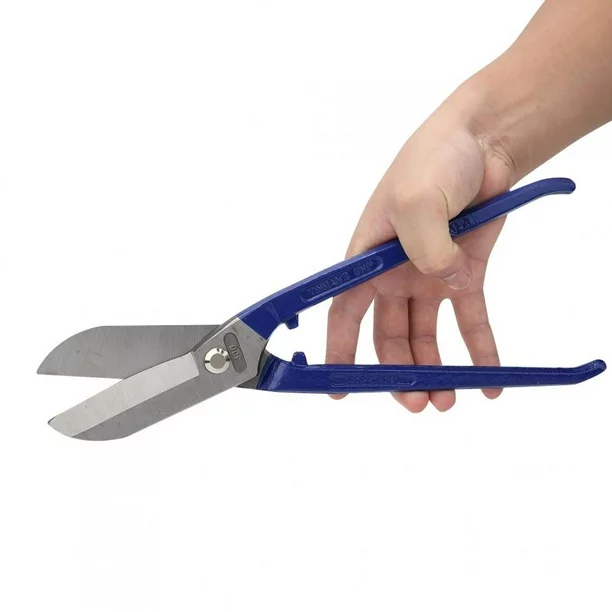
Sheet Metal Cutters for DIY Projects
DIY enthusiasts can benefit greatly from sheet metal cutters. These tools enable custom metalwork for home projects. They’re useful for crafting, repairs, and home improvements. Basic tin snips suffice for many household tasks. More complex projects may require specialized cutters. DIYers should start with versatile tools like aviation snips. Proper research ensures choosing the right tools for specific projects.
Sheet Metal Cutters in Various Industries
Sheet metal cutters find use across numerous industries. The automotive sector relies on them for bodywork and repairs. HVAC professionals use these tools for ductwork fabrication. Aerospace industries require precise cuts for aircraft components. Roofers and siding installers use them for custom fitting. The signage industry employs cutters for creating metal signs. Each industry may have specific preferences in cutter types.
Cost Considerations When Buying Sheet Metal Cutters
The cost of sheet metal cutters varies widely. Basic models are affordable for casual users. Professional-grade tools command higher prices. Consider long-term value rather than just initial cost. Durability and performance justify higher prices for frequent users. Some brands offer warranties for added value. Replacement blade availability affects long-term costs. Balance budget constraints with quality and functionality needs.

Customizing Sheet Metal Cutters for Specific Needs
Some users customize their sheet metal cutters for specific tasks. Adding grip tape to handles improves comfort and control. Custom blade grinds can create specialized cutting profiles. Some professionals modify tools for better ergonomics. Aftermarket accessories can enhance tool functionality. However, modifications may void warranties or compromise safety. Always consider the implications of customizing tools.
Comparing Sheet Metal Cutters Across Brands
Various brands offer sheet metal cutter hand tools. Each brand may have unique features or specialties. Some focus on professional-grade tools, others on affordability. Quality and durability can vary significantly between brands. User reviews and professional recommendations aid in comparisons. Consider factors like warranty, customer service, and replacement part availability. Brand reputation often reflects overall tool quality and reliability.
Artists and sculptors often use sheet metal cutters in their work. These tools allow for precise shaping of metal art pieces. They enable artists to create intricate designs in metal sheets. Some artists prefer manual cutters for greater control. Others use cutters to prepare materials for welding or forming. The versatility of these tools opens up creative possibilities. Many contemporary metal sculptures incorporate cut sheet metal elements.
Future Trends in Sheet Metal Cutter Technology
The future of sheet metal cutter technology looks promising. Integration with digital technology may improve precision. Ergonomic designs will continue to evolve for user comfort. New materials may lead to lighter yet stronger tools. Smart features could enhance safety and efficiency. Sustainability will likely play a larger role in tool design. Advances in metallurgy may produce more durable cutting edges. These trends will shape the next generation of sheet metal cutters.
